In child safety during car journeys, the current era offers unprecedented advancements. Both cars and car seats are continually becoming safer, resulting in a decline in child vehicle fatalities. The efficacy of a car seat is intricately tied to its specificity, necessitating the right fit and size tailored to the child’s developmental stage.
With an abundance of car seats available, each with various configurations based on age, choosing the appropriate seat can be a daunting task. Typically, families transition through three distinct types of seats as their child grows: an infant seat, a convertible seat, and finally, a booster seat. This guide aims to provide a detailed breakdown of these seat types, offering checklists to help determine when it’s time to progress to the next stage.
Comprehensive Guide Infant Seat:
The infant seat, characterized by its rear-facing, bucket-style design, is the go-to choice for most parents during the first year of their baby’s life, often extending up to age 2. These seats are rear-facing-only, commonly snapping in and out of a base installed in the car. The infant seat boasts a five-point harness, Comprehensive Guide and its design includes a newborn insert for added support until the child reaches a weight of 11 to 15 pounds. Parents must switch to a larger, convertible seat when the child outgrows the infant seat, typically around 9 months to 2 years.

Convertible Seat:
A convertible car seat, designed to face both backward and forward, serves as a toddler seat and can convert to a booster seat later. Rear-facing mode is recommended for as long as possible, with many states enforcing rear-facing regulations for children under a year old. The American Academy of Pediatrics (AAP) and the National Highway Traffic Safety Administration (NHTSA) advocate for keeping children rear-facing until they outgrow the seat’s height and weight limits. The rear-facing position offers superior safety, particularly for young children who are more susceptible to neck and spinal injuries in a collision. Read More
Convertible seats, equipped with a five-point harness, should be utilized until the child surpasses the height and weight limits. Transitioning to a booster seat is not advised until the child outgrows the convertible seat’s recommendations. The forward-facing convertible seat has specific guidelines, including a minimum weight requirement and an age range, typically around 2 years and older.
Comprehensive Guide Booster Seat:
Booster seats elevate the child, ensuring the vehicle’s safety belt fits properly and protects against injuries. High-back boosters provide additional side-impact protection, making them preferable for everyday use. Before transitioning to a booster, the child must meet specific criteria, including a minimum weight of 40 pounds, a height requirement, a minimum age of 4 years, and the ability to understand the importance of sitting still during car rides.
Remaining in a high-back booster is crucial until the child reaches the seat’s height or weight limits. The NHTSA suggests that most children are ready to transition from a booster seat to using the vehicle’s seat belt alone between ages 8 and 12. It’s vital that the child can sit still, maintain proper posture, and fit the seat belt correctly before making this transition.

Conclusion:
Regardless of the type of safety restraint, experts advise that children continue to sit in the back seat of the car until at least 13 years old. This comprehensive guide aims to empower parents with knowledge on selecting the right car seat for each developmental stage. For more in-depth information on choosing a car seat and adhering to best practices, refer to our guides on infant seats, convertible and all-in-one seats, and booster seats. Ensuring your child’s safety on the road is an ongoing commitment, and this guide serves as a valuable resource in navigating this crucial aspect of parenting.


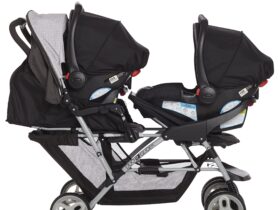

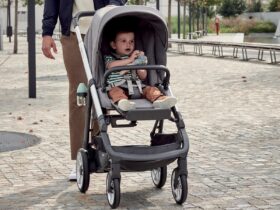


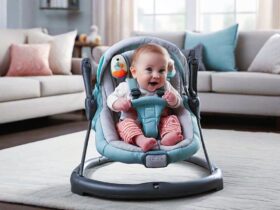








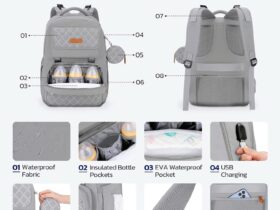
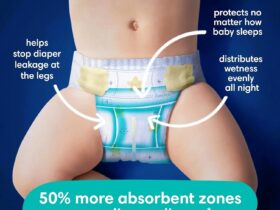



Leave a Review